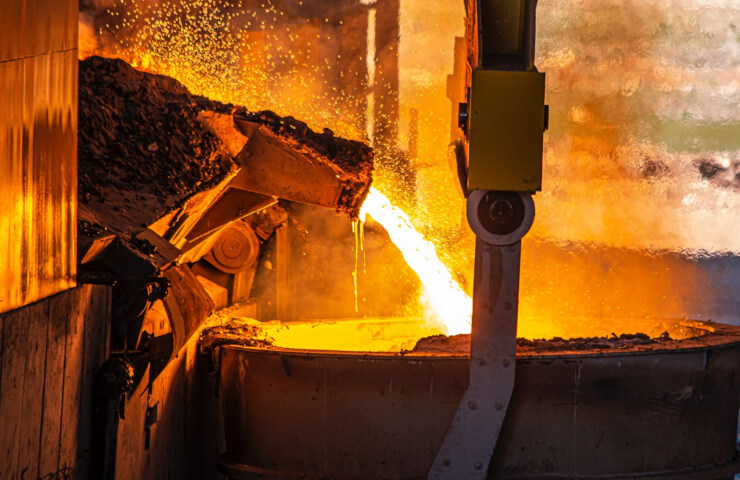The European Commission today presented its action plan for the steel and metals sector, which outlines measures to accelerate the decarbonization of the sector and counter unfair competition from outside the bloc.
The plan focuses on combating distortions in the global market, whether in terms of trade or in combination with bypassing the Emissions Trading System (ETS) and the block's Carbon Cap Adjustment Mechanism (CBAM).
"We will strengthen the current security clause. We aim to reduce [steel] imports by 15%," said Industry Commissioner Stephane Sejourn. In addition to the revised protective measures on steel, the trade actions include an investigation into protective measures on ferroalloys "as a matter of urgency" by November 18. And the commission promises to assess whether the block of changes in the rules regime requires a lower fee.
In addition to the CBAM scheme for exported goods, the measures also cover energy prices, decarbonization through electrification, and more flexible regulations for low-carbon hydrogen. The Commission promises to review the rules to allow more EU states to provide indirect cost compensation to steel and aluminum companies for carbon costs transmitted through energy bills.
Brussels wants EU states to reduce costs for energy-intensive industries through grid tariffs, simplification of electricity purchase agreements (PPAs) and reduction of electricity taxation to zero. Since direct electrification is not always possible or cost-effective, the commission points to hydrogen as a key decarbonization factor in the steel and steel industries.
Some measures have been relaxed compared to the projects. The commission's plan no longer mentions the implementation of the melting and pouring clause, "effective immediately." Now the commission will "evaluate" whether it should adapt its practice by introducing a melting and pouring rule, regardless of the place of subsequent transformation and origin.
However, the commission now promises that the delegated act on low-carbon hydrogen will provide the "most flexible possible" rules to achieve targets for reducing greenhouse gas emissions from low-carbon fuels in a "technologically neutral way."
The industry association Hydrogen Europe welcomed the commission's direct recognition of hydrogen as the best way to decarbonize primary steel production. "Labeling schemes, sustainability criteria and special financing mechanisms are necessary first steps to encourage consumption of environmentally friendly products," said Laurent Doncel, Director of Industrial Policy at Hydrogen Europe.
In





